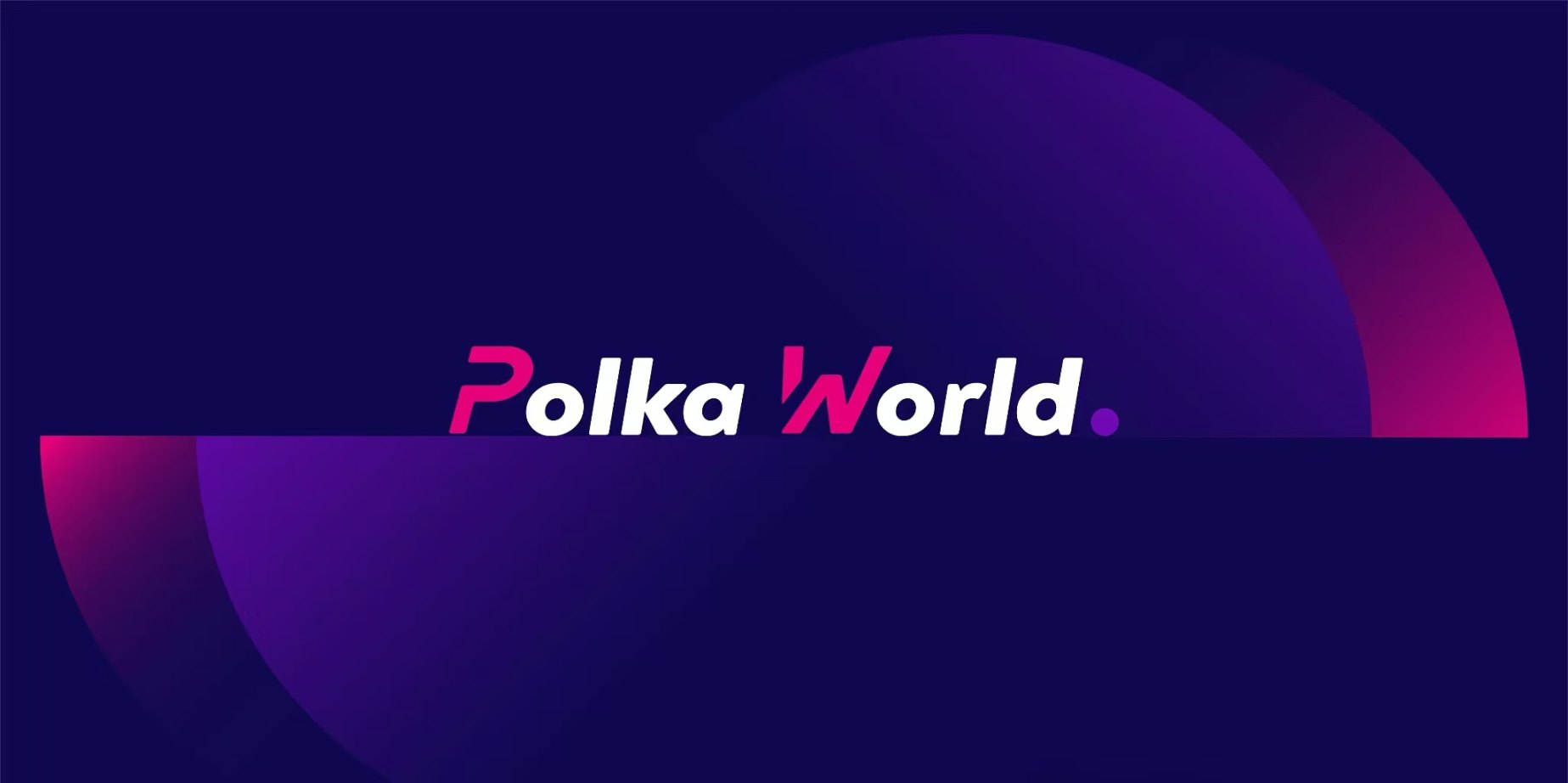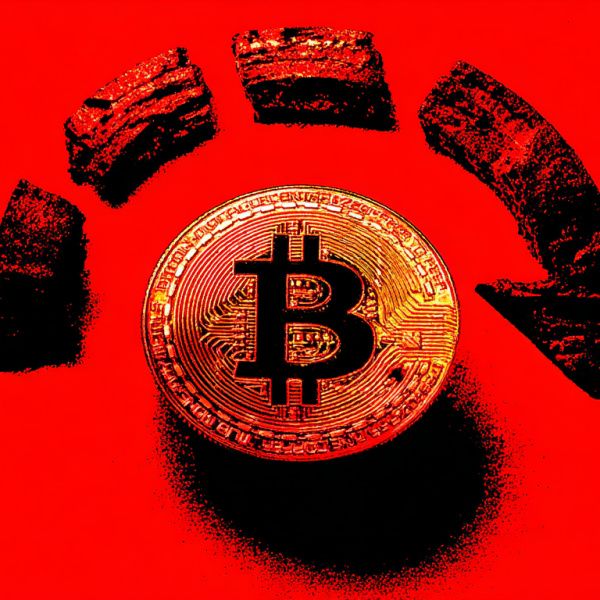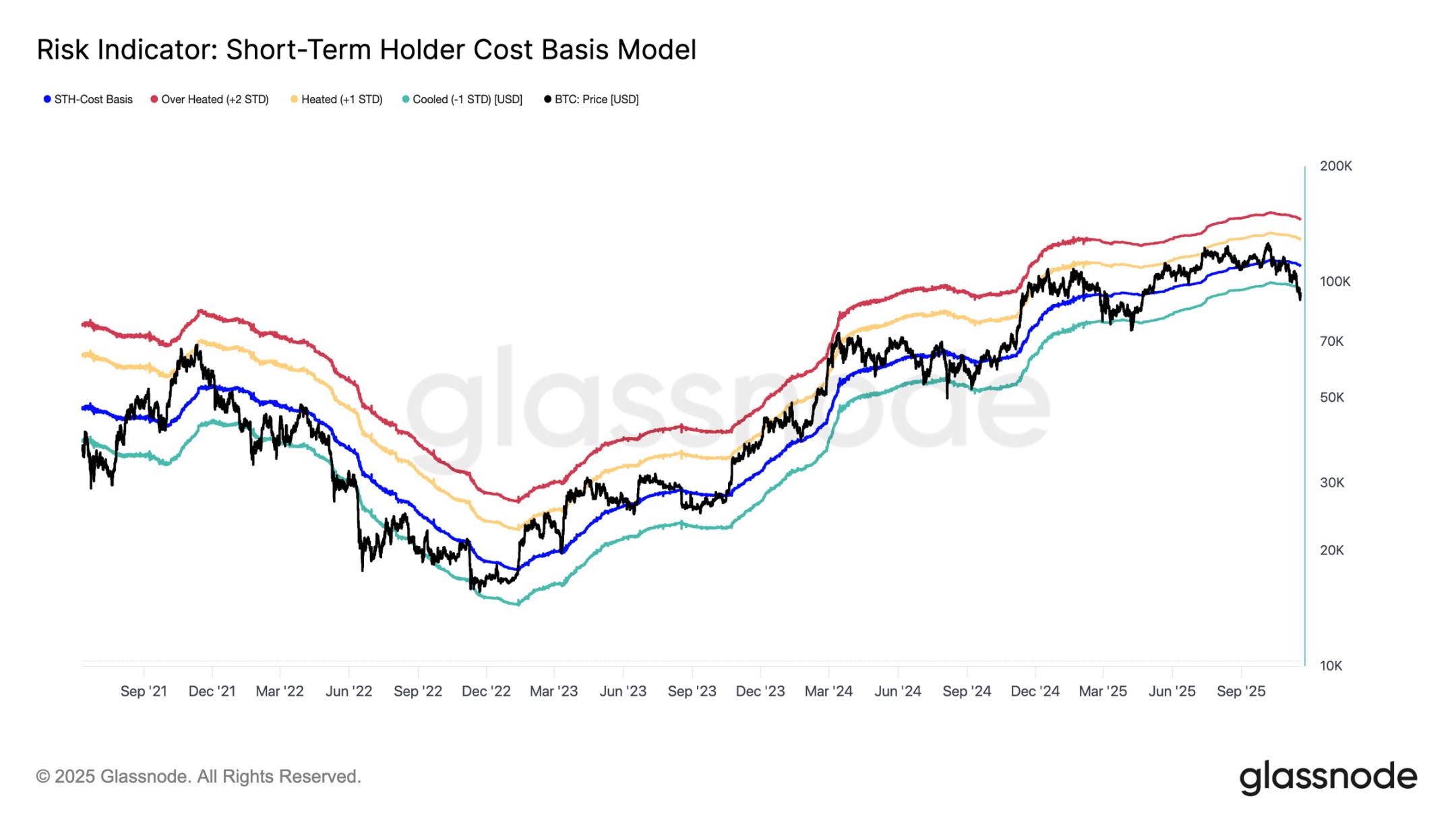New Cycle Signal: The Revival Window Built by Polkadot Hub and Asian Developers!

On the eve of Polkadot Hub's commercial launch, OpenGuild is becoming a key force driving developer participation in the Asia-Pacific region.
On one hand, they are partnering with the Web3 Foundation to prepare for the largest Asia-Pacific Build-a-thon in Q1 2026—this event is not only aimed at EVM developers but, for the first time, will also introduce AI, business, marketing, and other Web2 participants, giving more traditional tech teams the opportunity to learn about and enter the Polkadot Hub ecosystem.
On the other hand, OpenGuild is also helping multiple real-world application projects secure resources from the foundation:
• A social payment app supporting USDT and direct conversion to local fiat currency;
• A prediction market platform based on Bond Curve;
• A settlement protocol that combines Hyperbridge to enable dynamic micropayments across multiple chains.
All of these projects will be deployed on Polkadot Hub, laying the groundwork for its application ecosystem ahead of the official launch.
In this conversation with PolkaWorld, OpenGuild member Cris also systematically introduced, for the first time, the current state of the Vietnamese crypto market, developer landscape, regulatory framework, and the real situation of the local Polkadot community, providing an important perspective for understanding Polkadot's development potential in Southeast Asia.
Keep reading for more important information!

OpenGuild Helps Developers Land on Polkadot Hub, Prepares for Asia-Pacific's Largest Build-a-thon
Kristen: Next, let's welcome Cris! We're glad you could join our show today. Although we've met several times offline, this is your first time at PolkaWorld's roundtable interview. Why don't you start by briefly introducing OpenGuild's main work and some of your past achievements, so everyone can get an overall understanding of your team?
Cris: Sure. Currently, the core focus of the OpenGuild team is preparing for a Build-a-thon (hackathon) event that we are co-hosting with the Web3 Foundation in Q1 2026. I’ve actually already discussed this with the PolkaWorld team, hoping you can help promote it in the Asia-Pacific region. This will be a large-scale event focused on the APAC market, aiming to attract more Asian developers from the EVM ecosystem to join Polkadot, help them build EVM environments on Polkadot Hub, and promote the development of more consumer applications. The event is expected to take place between late February and March 2026.
But this time, we plan to do things differently. We won’t just hold traditional workshops or collaborate with ecosystem projects; we’ll also invite external partners from AI, business, marketing, and other Web2 fields to participate, allowing them to share, teach, and promote during the event, thereby reaching more Web2 developers.
The second focus is: OpenGuild is helping multiple teams apply for resources from the foundation, including small grants, marketing, and technical support, to help them develop proof-of-concept (PoC) projects and prepare for the official launch of Polkadot Hub.
Among the projects we currently support, a few are worth mentioning:
The first project is a social payment app. Its function is clear: it only supports USDT transfers, and users can register with their social accounts. For example, users in Vietnam can use this app to pay directly, and the system will automatically convert the amount to Vietnamese Dong (VND), making the whole process smooth and seamless. Although it currently only supports custodial stablecoin payments and does not involve other crypto assets, it will be deployed on Polkadot Hub—which is very exciting.
The second project is one of the five teams recently funded in the first batch of Velocity Labs' Defi Builder program. They are developing a customizable prediction market platform where users can create their own prediction markets. To ensure stable liquidity at market launch, the project adopts a Bond Curve mechanism, requiring market creators to stake some liquidity to ensure fair and stable prices for participants during trading.
The third project focuses on dynamic micropayments. They are developing an Agentic Payment Protocol, using Hyperbridge as a bridge between Polkadot Hub and various EVM chains. This is actually similar to the recently popular X402 Meta transaction model, and they plan to make Polkadot Hub the settlement layer for the entire system.
OpenGuild is currently helping these teams apply for small grants, advancing their proof-of-concept development, and preparing for the future commercial launch of Polkadot Hub. At the same time, we will continue to work with key partners to promote these projects and support their subsequent market adoption.
So, to summarize, OpenGuild's two core missions are:
1. Helping teams obtain resources and funding;
2. Fully preparing for the Build-a-thon development event in Q1 2026.
An Overview of the Vietnamese Crypto Market
Kristen: Yes, these are indeed very important contributions to the Polkadot ecosystem. Since you just mentioned Vietnam, we're also curious about the Vietnamese market. Just like people always ask me, "How is the Chinese market now?" I want to ask you, what is the current state of the Vietnamese crypto market? What's the atmosphere like? Who are the main participants?
Cris: Haha, there’s good news and bad news about that.
Starting with the good news: in terms of user scale, the number of crypto users in Vietnam has grown very rapidly over the past three years. According to some market reports, there are about 20 million crypto users in Vietnam, but I personally think that number is a bit exaggerated—a more realistic estimate is about 10 to 15 million. This rapid growth is mainly thanks to the GameFi boom in 2021. For example, Axie Infinity, which became a global sensation at that time, was created by a Vietnamese team. Its explosive popularity introduced a large number of Vietnamese users to crypto for the first time. Including myself, I actually entered the crypto space because of GameFi. The success of Axie Infinity also inspired many local teams to create their own blockchain games, or more broadly, various crypto products. This drove a large number of players to shift from traditional games to Web3 games, and they all opened their own crypto wallets. Although most people only have a small amount of funds in their wallets—maybe just $10 worth of tokens—they are statistically counted as crypto users.
So, "Vietnam has tens of millions of crypto users" does not mean the asset size is huge, but rather that trading activity is frequent. For many global projects, the reason they flock to Vietnam is because there is a lot of real trading activity here. Although the transaction amounts may not be high, the frequency and activity are. From a blockchain business perspective, trading activity is the lifeblood of the ecosystem—more transactions mean more fee income, which is a very positive signal for projects themselves.
As for the developer ecosystem, as I mentioned before, Vietnam has abundant developer resources. There are both Web2-era development teams and innovators transitioning from Web3. Currently, there are about 500 development studios in Vietnam. Some large companies, such as SotaTek and ITS Lab, each have thousands of Vietnamese engineers who are continuously developing various blockchain products. Now, two large companies are working with the Web3 Foundation to develop projects on Polkadot, and more details will be made public once Polkadot Hub is officially commercialized.
In addition, several internationally renowned blockchain projects have already emerged from Vietnam: for example, Coin98, Carbon Network, Pendle Finance, etc. All of these teams were founded by Vietnamese people, and their market caps have reached or exceeded $1.1 billions. Their success has greatly inspired a new generation of local developers to enter the Web3 field.
There is also a very interesting phenomenon: there is a city in Vietnam called Da Nang, known as the "Miami of Vietnam." Many developers who left digital nomad hubs like Bali and Thailand chose to move to Da Nang after seeing its potential. The Da Nang government itself has also introduced many tech startup-friendly policies, such as tax exemptions for newly established tech startups. This has attracted many foreign developers to set up teams locally and engage in Web3 product development. I myself often go to Da Nang to communicate with local government agencies and discuss how Polkadot can be implemented and support ecosystem development there in the future.
Finally, regarding regulation, this part is a "mixed bag." Starting from July 2025, Vietnam has officially introduced a legal framework for crypto assets. Before this, crypto assets were in a "gray area"—neither illegal nor officially recognized. The current regulations clarify that digital assets are legal property, with ownership rights like real estate or vehicles. This means all tokenized assets must obtain legal licenses and pay taxes accordingly.
Last month, the government also launched a five-year pilot program for the crypto market, mainly aimed at protecting investors and combating fraud. In this pilot, only licensed companies can operate centralized exchanges or issue tokens. However, the threshold for obtaining a license is quite high: you must have $20 million in registered capital and a strict security and compliance record. Currently, only five companies have obtained licenses, almost all of which are large banks. These banks are trying to launch their own chains or build internal systems similar to decentralized chains. Meanwhile, international exchanges like Binance and Bybit are reluctant to pay $20 million for a license, so they choose to form joint ventures with major Vietnamese banks to establish local trading platforms. You can think of it as a "Binance Vietnam Edition," but with a shareholding structure jointly held by Binance and Vietnamese banks, which will definitely bring significant changes to the market.
Of course, such changes also have negative impacts. Some local small teams wanting to launch DeFi, NFT, or token projects in Vietnam either have to pay high compliance costs for a license or suspend operations in Vietnam. For example, projects like KyberSwap and Coin98 have temporarily shut down their Vietnamese operations, but they are still open to overseas users. For example, if I want to use these platforms, I have to use a VPN. But on the positive side, the new regulations make the market more orderly and safer, and encourage more large institutions and traditional financial capital to enter. For example, banks, funds, and investors from developed countries are now more confident to invest in the Vietnamese market, which will bring more capital and more mature projects to Vietnam for compliant business development.
The Influence of Polkadot in Vietnam
Kristen: Can you talk about Polkadot's current influence in Vietnam and how the local community is developing?
Cris: Sure. From my observations and daily interactions, first of all, there are quite a few local VCs in Vietnam who invested in Polkadot early on. In my opinion, among all Asian markets, China and Vietnam are probably the two countries with the largest DOT holdings. Both markets have very deep involvement with Polkadot.
So far, many Vietnamese investors I know still hold DOT. However, the biggest challenge is—they don’t know how to "use" their DOT. Currently, the use cases for DOT are quite limited; most people just stake it in projects like Bifrost to earn yields. The Polkadot developer community is developing well overall, but compared to ecosystems like Solana, Polkadot does lag behind in developer collaboration.
Many Vietnamese developers are waiting and watching, looking for an environment where they can really "build." I believe the launch of Polkadot Hub will be a real turning point, attracting more Vietnamese developers back to the Polkadot ecosystem to build real, practical products and bring more users into the ecosystem.
At the same time, I will also help these projects connect with Vietnamese DOT holders, enabling them to become liquidity providers (LPs) and participate in games, DeFi, and other applications, giving DOT more real-world utility.
However, based on the work we've done so far—such as hosting various events, hackathons, and talking to many people—we've found that people still see Polkadot as a "chain that gets things done." There are many "flash-in-the-pan" chains that seem to be doing well but end up with lots of problems. By observing Polkadot's development, the community can see that Polkadot is making continuous progress and constantly refining its underlying technology.
I believe the launch of Polkadot Hub will be a very critical point of revival. So now, my OpenGuild team and I are fully focused on promoting Polkadot Hub—this is our most core and dedicated direction at present.
Disclaimer: The content of this article solely reflects the author's opinion and does not represent the platform in any capacity. This article is not intended to serve as a reference for making investment decisions.
You may also like
Bitcoin plunges 30%. Has it really entered a bear market? A comprehensive assessment using 5 analytical frameworks
Further correction, with a dip to 70,000, has a probability of 15%; continued consolidation with fluctuations, using time to replace space, has a probability of 50%.

Data Insight: Bitcoin's Year-to-Date Gains Turn Negative, Is a Full Bear Market Really Here?
Spot demand remains weak, outflows from US spot ETFs are intensifying, and there has been no new buying from traditional financial allocators.

Why can Bitcoin support a trillion-dollar market cap?
The only way to access the services provided by bitcoin is to purchase the asset itself.
Crypto Has Until 2028 to Avoid a Quantum Collapse, Warns Vitalik Buterin

